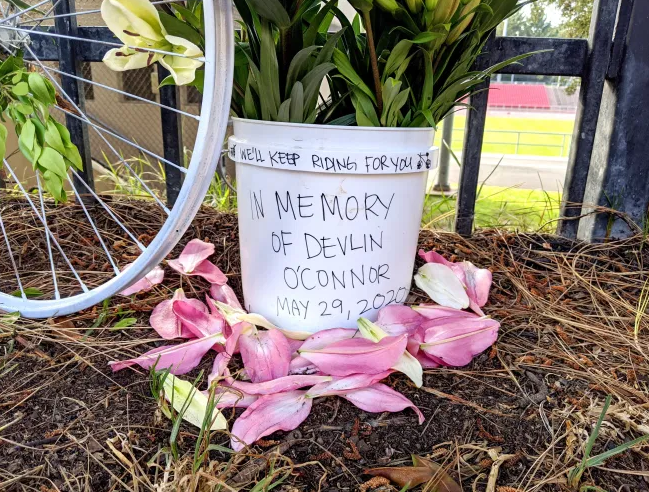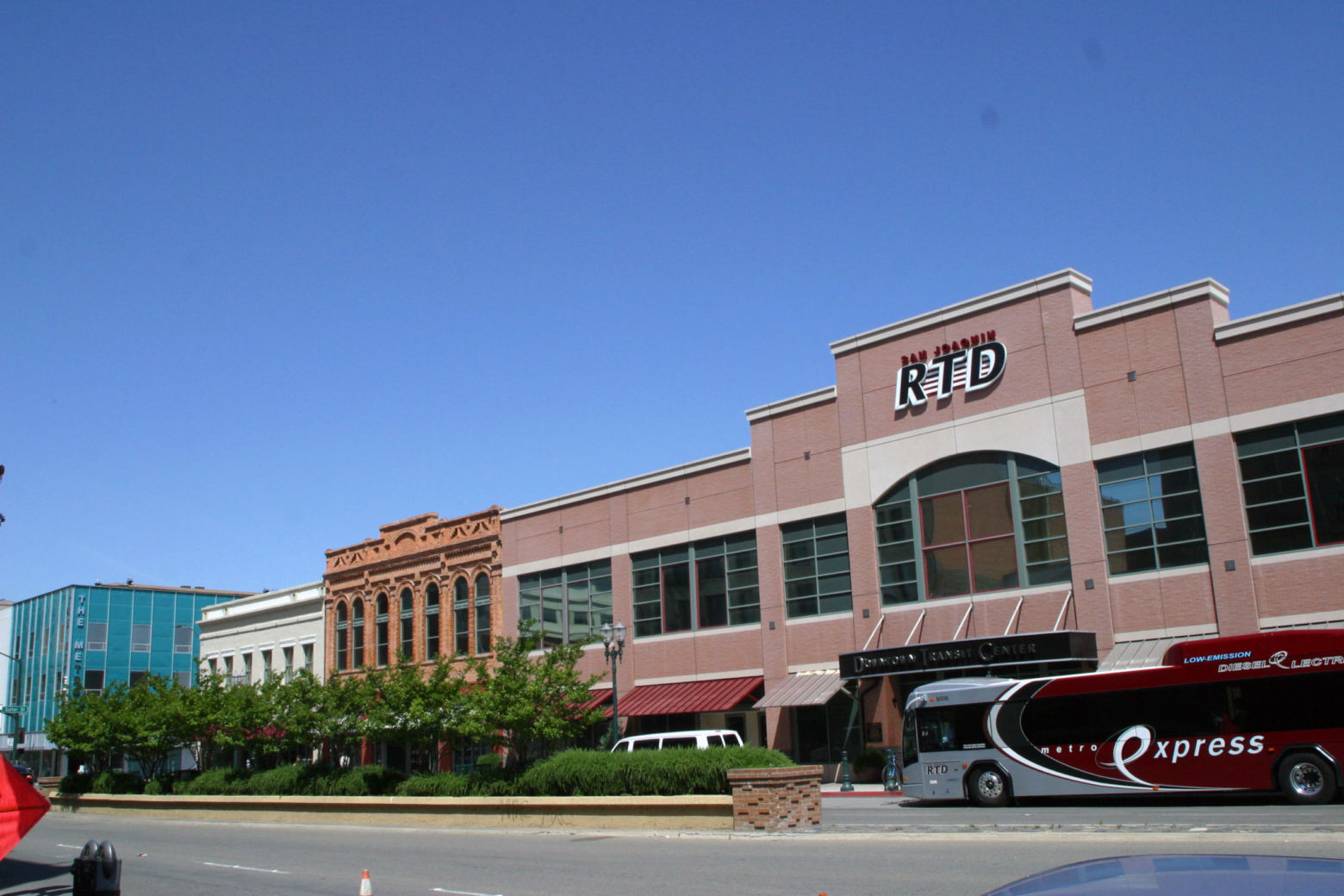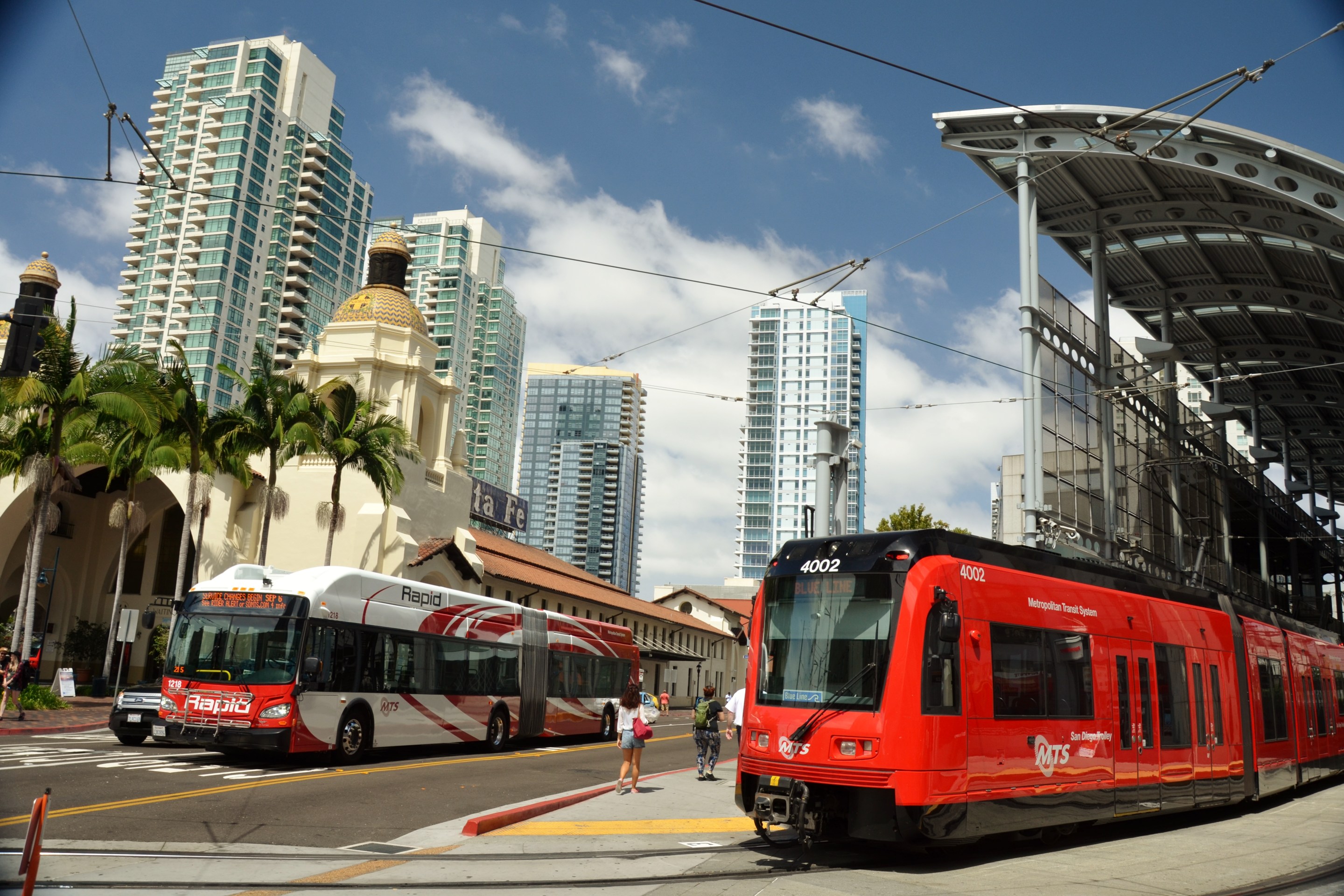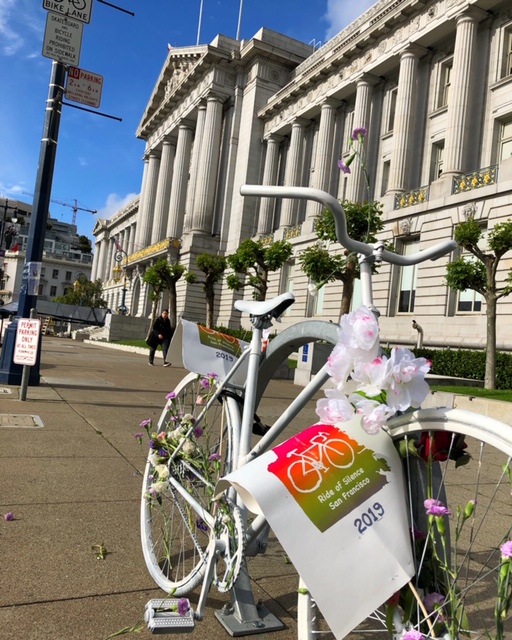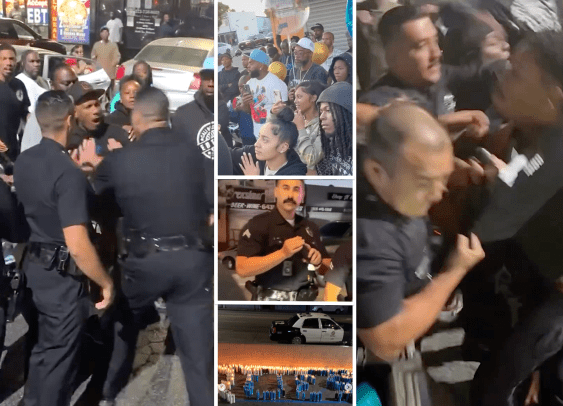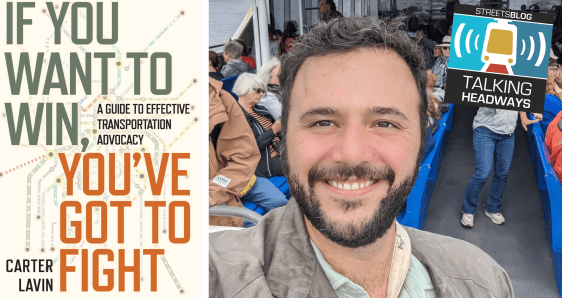The tragedy of the COVID-19 pandemic came with one positive aspect: the shutdown meant a drop in traffic-related pollution and a reduction in traffic violence and deaths. However, as advocates for safe streets expected and feared, with the economy partially re-opened, too many people are dying in traffic collisions once again.
From a recent release and 'call to action' from the advocates at Walk San Francisco:
San Francisco’s traffic dropped an estimated 60 percent during shelter in place. But as some orders were lifted, traffic quickly rose. In June, traffic was up to levels that SFMTA anticipated wouldn’t be reached until August. Traffic is still rising.
Tragically, fatal traffic crashes are notably rising, too. And the three recent pedestrian deaths occurred on designated “high-injury” streets: the 13 percent of streets where 75 percent of traffic crashes happen in San Francisco. In other words, the streets that desperately need to be fixed.
The most recent deaths, as reported by director Jeffrey Tumlin at a recent SFMTA Board meeting included (as reported by the Examiner): "...a motorcyclist at Crossover Drive and Park Presidio; a pedestrian at San Bruno Avenue and Dwight Street; a person in a wheelchair who was hit while crossing Van Ness Avenue; a hit-and-run on Bayshore Boulevard (the suspect has since been arrested)." And, as shown in the lead photo, there was also a cyclist killed near Kezar stadium in late May.
And as Streetsblog reported (multiple times), prior to the pandemic, San Francisco was not on track to achieving its Vision Zero goals to eliminate fatalities and serious injuries. Given that the city has now returned to its pre-COVID trends, Walk San Francisco is again urging the city to refocus on achieving Vision Zero and for it to prioritize.
Also from Walk S.F.'s release:
- Putting policies in place to keep people safe in the crosswalk. We need daylighting, no turn on red, and left turn calming across the entire high-injury network this year.
- Adding red light cameras to 10 dangerous intersections this year. San Francisco is underutilizing this highly-effective, life-saving technological solution.
- Tackling speed, the #1 cause of severe and fatal crashes. Steps can be taken now to move the needle on dangerous speeds, and pave the way for speed safety cameras. Seattle’s results from more frequent signage paired with lower speed limits are inspiring.
Indeed, as director Tumlin explains regularly, speed is the principle factor in whether or not a cyclist or pedestrian will survive a collision with a motorist, and that one simple act--of lowering speed limits to 20 mph citywide--would save lives.
Walk S.F. is asking the city to fulfill its moral obligations to reduce and strictly enforce speed limits enough to stop the carnage.
And it's asking you to fill out its action form to urge SFMTA to hold the line on safety as traffic continues to grow back to its pre-COVID levels.
